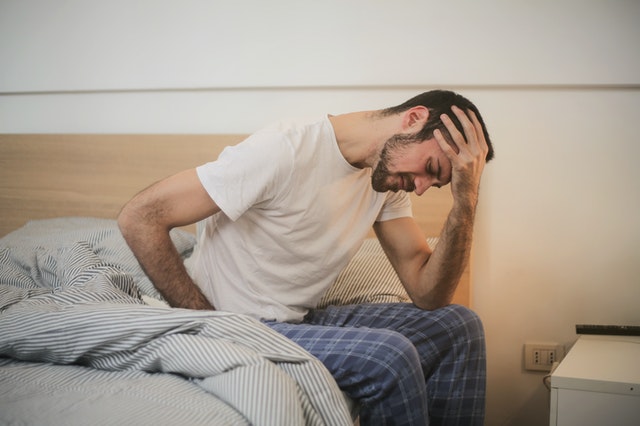Chronic migraines, defined as sustained migraine headaches that occur 15 times or more a month, only affect one percent of people. Within that population, migraine symptoms vary, but they include throbbing that starts before the headaches, nausea and vomiting, sensitivity to light and sound, a feeling of pressure or tightness in your neck and jaws. If you’re at the point where you’re considering Botox for migraines, here’s what to expect before making your appointment.
Why Should I Consider Botox?
The FDA approved this treatment based on a large study demonstrating that Botox was effective for reducing migraine intensity and frequency. In this study, patients reported that two Botox treatments reduced headache episodes by 50%. This is a huge milestone for those suffering from chronic migraines.
Additionally, compared to other medications, Botox doesn’t cause drowsiness, nausea, and other unpleasant symptoms.
Do I Qualify for this Treatment?
You must meet a set of criteria before a doctor will consider you for Botox. These are the general requirements:
- You must be at least 18 years old.
- You must have experienced headaches for over 15 days a month. On at least 8 of these days, the migraines must have lasted at least four hours.
- You must have suffered from these migraines for at least three months.
How Does Botox Work?
Botox is a drug that can stop you from experiencing the pain signals associated with your headaches. When you receive injections within specific nerves, it can block the release of chemicals that produce pain.
What Does the Treatment Look Like?
While botox injections are not difficult procedures, a trained health care provider still needs to administer these treatments. Try to find a provider that specializes in Botox and has received the proper injection training.
The treatment itself lasts about 10-15 minutes. Botox treatments usually require you to sit or lay down. Your doctor should be following a precise protocol that involves 31-39 injections. These injections go above your eyes, on your forehead, the back of your head, the top of your neck, and your trapezius muscle (which covers your neck and back).
You might receive more injections in certain areas that are the most painful for you during your migraines.
Aftercare
You should follow your doctor’s recommendations, which generally include the following rules:
- Avoid wearing a tight helmet or hat after your treatment. The pressure can push the Botox downwards.
- Avoid applying hair dye or other irritating ingredients for at least 48 hours afterwards. These chemicals can irritate your scalp where you received injections.
- If you feel sore, avoid heavy exercise and make plans to rest.
- Use pain medications, if necessary. Botox will not interfere with your medicines.
Botox for Migraines: What to Expect in Terms of Pain Relief
Just one treatment can last for up to 10-12 weeks, though it may take you a few weeks to feel results after the first treatment. The treatment does wear off so it is necessary for you to continue receiving injections to maintain your results.
If you’re tired of the side effects from your oral medications, and other treatments haven’t resolved your constant migraine battle, Botox could be the next step. If you still have questions about Botox for migraines, a headache doctor can clarify what to expect. For questions, talk to Dr. Escasena at 305-558-7170.

